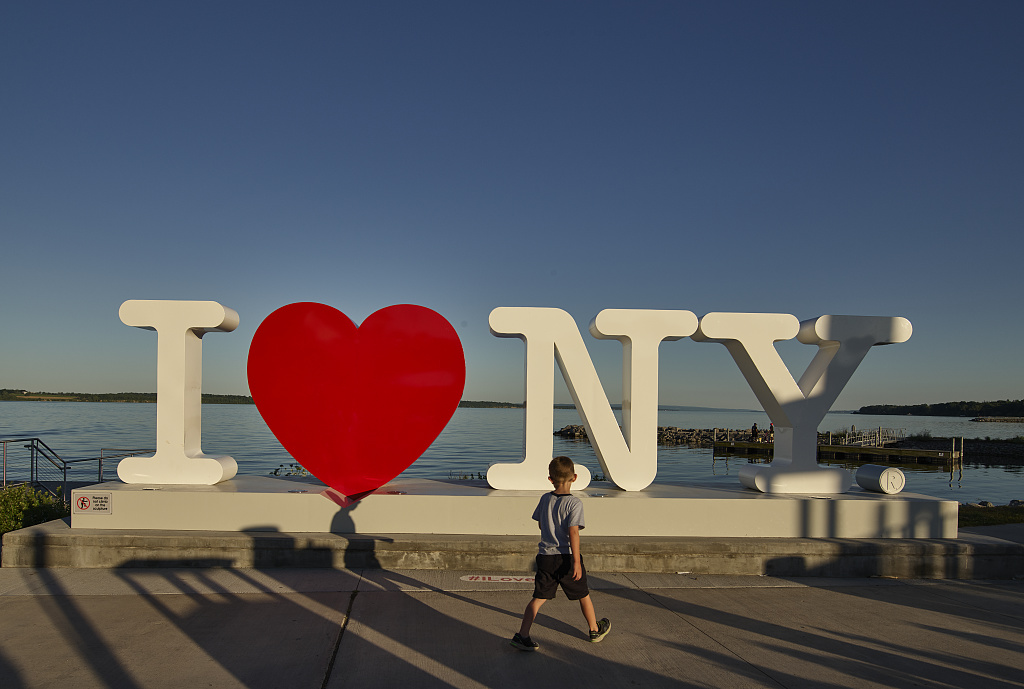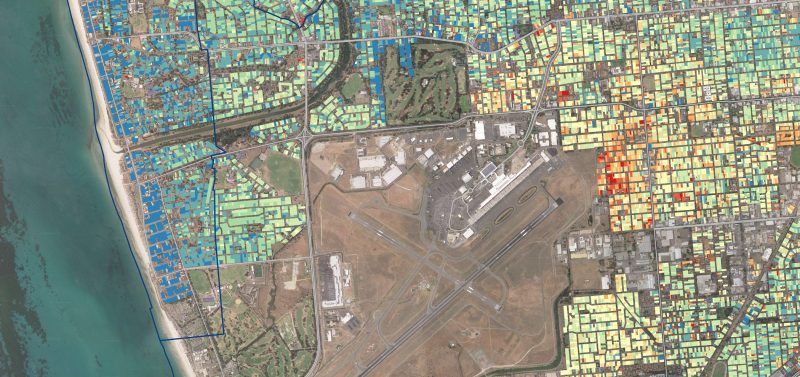Is there a place for place branding?
The concept of applying branding techniques and marketing to the economic, culture and broader reputation building of cities, regions and towns.
Place branding, also known as destination branding or city branding, is the process of creating a unique and positive image, reputation, and identity for a specific geographical location, such as a city, region, country, or even a neighborhood. The concept of place branding is similar to the branding of products or services, but in this case, the focus is on promoting the attributes, assets, and experiences associated with a place to attract visitors, residents, investors, and businesses.
The main objectives of place branding are:
- Attracting tourists: A strong place brand can help attract tourists by highlighting the unique attractions, culture, history, and experiences a destination has to offer.
- Encouraging investment: A positive place brand can attract businesses and investors by showcasing a location’s economic potential, infrastructure, and supportive business environment.
- Engaging residents: A well-developed place brand can foster a sense of pride and belonging among residents, increasing their loyalty and advocacy for their city or region.
- Enhancing reputation: Positive place branding can help overcome negative stereotypes or misconceptions about a place, thereby improving its reputation in the eyes of potential visitors and investors.
Place branding may be applied to growing the sense of belonging from within the city or the reputation from outside. Typically,it is applied when there are complexities such as a weak economy or percieved low sense of social cohesion. In saying this, place branding is not always for struggling small economies, with the most famous example being that of the place branding campaign for New York.
In 1977, William S. Doyle, Deputy Commissioner of the New York State Department of Commerce, enlisted the advertising agency Wells Rich Greene to develop a marketing campaign for New York State. Milton Glaser, a prolific graphic designer, was also brought onboard to create a design based on the agency’s campaign. Glaser’s initial sketch for the “I Love New York” slogan came to him while riding in a taxi. The design featured the letter I and a heart shape followed by NY, all in a single line. As the concept evolved, he decided to stack the I and heart shape above the NY characters, acknowledging possible subconscious inspiration from Robert Indiana’s LOVE pop art image.
Glaser expected the campaign to last only a couple of months and offered his services pro bono. However, the innovative pop-style icon became a massive success and has remained popular for many years. Over time, the logo became closely associated with New York City, especially when it appeared on plain white T-shirts that became widely circulated and recognized symbols within the city. Glaser’s original concept sketch and presentation boards were donated to the Museum of Modern Art, New York, by Doyle. Following the September 11 attacks, the image gained even more prominence, serving as a unifying symbol among the people of New York City.
The “I Love New York” campaign subsequently inspired Paris to create its own version, known as “I Love Paris.” The slogan and associated logo were used to promote the city’s attractions, culture, and tourism offerings to an international audience.
Apart from that, various other branding efforts have been undertaken by Paris to showcase its unique features and charm. The city has emphasized its rich history, architectural landmarks, world-class museums, exquisite cuisine, and romantic ambiance to create a distinctive and appealing image.
Additionally, Paris has hosted numerous high-profile events, conferences, and festivals to further bolster its reputation and attract attention from travellers, businesses, and investors. Events like Fashion Week, the French Open (Roland Garros), and the Paris Air Show have contributed to the city’s image as a global hub of fashion, sports, and innovation.
Furthermore, the Paris Convention and Visitors Bureau and Atout France, the French tourism development agency, have been actively involved in promoting the city and its attractions worldwide through marketing campaigns, social media, and travel industry partnerships.
Place branding has been instrumental in revitalizing and saving cities and towns by attracting visitors, residents, businesses, and investments. Here are a few examples:
- Bilbao, Spain: The Guggenheim Museum in Bilbao is a classic example of how place branding can transform a city. In the 1990s, Bilbao was struggling economically and had a deteriorating industrial landscape. However, with the construction of the iconic Guggenheim Museum designed by architect Frank Gehry, the city’s image was completely revamped. The museum became a symbol of Bilbao’s transformation and a major tourist attraction, leading to an influx of visitors, increased investment, and a revitalized local economy.
- Medellin, Colombia: Medellin was once known for its high crime rates and drug-related violence. To transform the city’s image and improve its future, local authorities and community leaders initiated an ambitious urban development and place branding campaign. They invested in public infrastructure, improved transportation, and created new cultural and recreational spaces. The transformation earned Medellin international recognition and accolades, including the Lee Kuan Yew World City Prize in 2016, which recognized the city’s progress and social inclusion efforts.
- Portland, Oregon, USA: Portland has successfully used place branding to highlight its unique characteristics, including a strong focus on sustainability, eco-friendliness, and a thriving creative and artisanal community. The “Keep Portland Weird” slogan became a rallying cry for the city’s diverse and eclectic culture, attracting tourists and supporting local businesses. The city’s efforts to promote a distinct identity have contributed to its popularity and economic growth.
- Liverpool, UK: Liverpool’s place branding journey is notable for its successful cultural regeneration. The city leveraged its rich musical heritage, particularly as the hometown of The Beatles, to reposition itself as a vibrant cultural destination. The development of the Liverpool Waterfront, a UNESCO World Heritage Site, and hosting major events like the European Capital of Culture in 2008, have revitalized the city’s economy, tourism industry, and community pride.
- Charleston, South Carolina, USA: Charleston is another example of a city that used place branding to preserve its historic charm while attracting tourists and businesses. The city’s strong emphasis on maintaining its architectural heritage, promoting its Southern hospitality, and nurturing a thriving arts scene has made it a popular destination for both domestic and international visitors.
Australia also has many examples of place branding, including the following …
- “There’s Nothing Like Australia” by Tourism Australia: This is one of Australia’s most famous and successful place branding campaigns. Launched in 2010, it featured a series of advertisements highlighting the country’s diverse landscapes, unique wildlife, and a wide range of travel experiences. The campaign aimed to position Australia as a must-visit destination for international travellers and contributed significantly to the growth of the country’s tourism industry.
- “Gold Coast – Famous for Fun”: The Gold Coast is known for its beautiful beaches and theme parks, and this place branding campaign capitalized on that image. The slogan “Famous for Fun” highlights the region’s recreational and entertainment offerings, positioning it as a top destination for leisure travellers and families.
- “Brand Tasmania“: In 2018 Brand Tasmania became the inaugural statutory place-branding authority in Australia, with the mission is to promote the Tasmanian brand as an asset of the Tasmanian community.
- Similarly in 2013 Brand South Australia launched a new State Brand, and has since continued to ever evolve this message, including campaigns such New State of Mind to entice young professionals.
The process of developing a place brand ranges from spontaneous creative inspiration to more robust evidence-based processes. Place branding aims to capture the essence of a place by identifying and highlighting its unique and authentic attributes, characteristics, and experiences. To get to the essence of a place, place branding strategies may involve similar steps to the following:
- Research and stakeholder engagement: Conduct thorough research and engage with stakeholders to understand the place’s unique attributes, history, and aspirations.
- Develop authentic brand identity: Create a compelling brand identity that reflects the essence of the place, including its distinctive experiences and values.
- Consistent implementation and monitoring: Ensure consistent branding across all channels and continuously monitor the effectiveness of the strategy to make necessary adaptations.
What is particularly interesting about place branding, is that typically the outcome is nothing new, and likely what has always been true. Diving back to history, our triumphs and vulnerabilities and what makes a place unique and special.
This may be exploiting the things that are loved, as in New York. Or, it may be leveraging vulnerabilities as in a small population such Tasmania – ‘we’re isolated, so we’ve had to be inventive‘.
Time to reflect and to highlight what is is too often taken for granted. Once the essence of a place is understood it can then be promoted, and most importantly invested in to ensure the promise continues to be delivered.
Thanks, more videos et cetera.
5 Place Branding Principles for Successful Brand Development and Management
Be Tasmanian Episode 1: Different is Good
More from me on squareholes.com
Signs of defiance are required in cities for innovation, entrepreneurship and creativity




